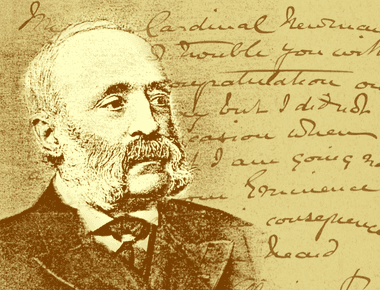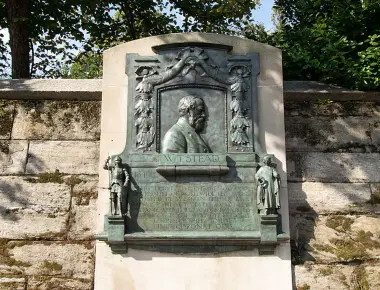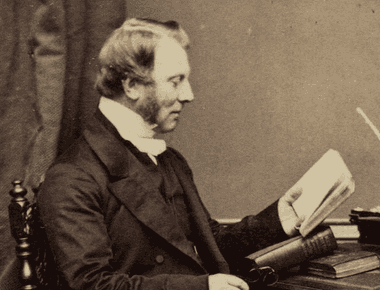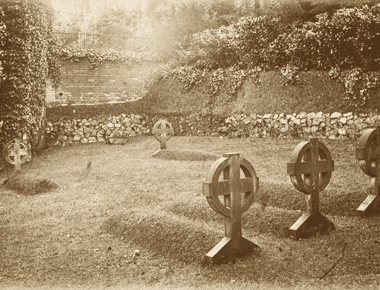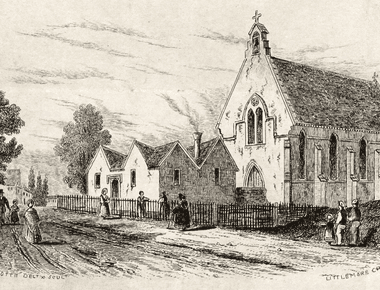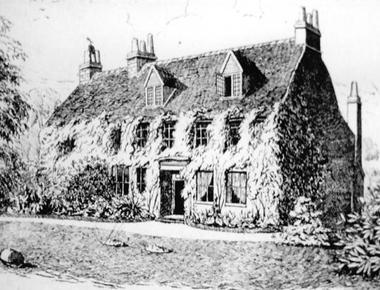
One letter from the Rev. Hussey to Newman is available on the digital collections. In this letter, he discusses Tract 90. Hussey’s main passion lay in astronomy. No sooner had he been granted the living of Hayes, where he served as rector, than in 1831 he began work to build an observatory at the rear of the property.


